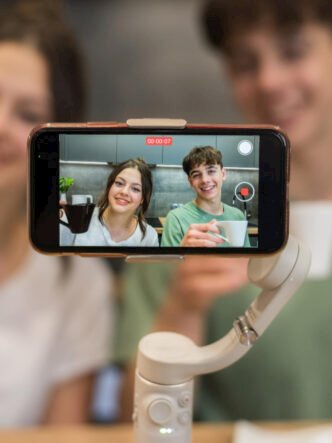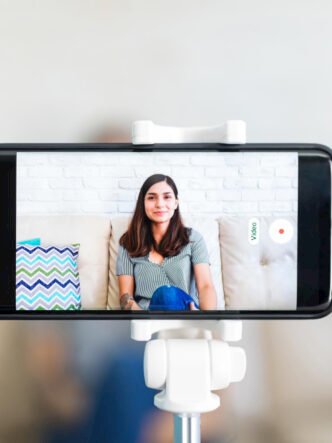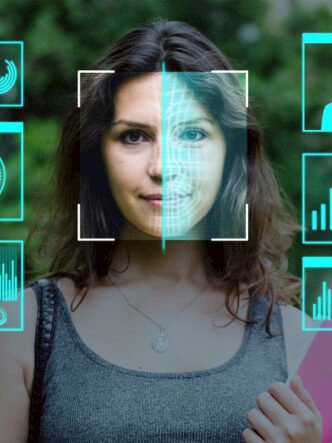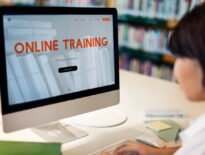Personalized learning is important because all learners have different skills, needs, and learning styles. It matters in today’s digital era because it offers more engagement and motivation to learn.
In traditional learning, a teacher would teach all learners the same material. Today e-learning strategists, online educators, and corporate training teams are able to create individualized learning paths for different learners. The instructor respects their strengths and provides them with support to help them overcome their weaknesses. They can work at their own pace and take ownership of the learning process.

How video supports personalization
Personalized learning requires the use of technology to support it at scale. This may include using a learning management system (LMS) and a video hosting platform.
Personalized video learning has many benefits.
Enables self-paced viewing
Learners can access personalized videos at any time and from anywhere. When they can learn at their own pace, it allows them to fully understand information before they move on. If they don’t fully understand, they can simply rewind and watch again.
Accommodates different learning styles
Videos come in many forms, from simple screen shares to complex animations. A combination of elements like text, music, images, and animation can suit different learning styles.
Makes learning more accessible
Subtitles and transcripts help to make videos accessible to learners who have hearing impairments or those who speak English as a second language.
Offers branching scenarios
Branching scenarios mean learners have to make choices. A video may present them with a question and based on their answer, they will go to a different segment from another learner. Their actions determine which content they see and their choices have different outcomes. For instance, a customer service employee may watch a scenario involving an irate customer and have to make a choice on how to respond.
Presents just-in-time content
This approach focuses on providing information that’s timely and relevant. It meets the learner’s needs at that particular moment. The learner may receive this content via email, a chatbot, or a specific landing page. Applying it immediately helps to reinforce retention.
Using analytics to adapt future content
Understanding learner behavior and the performance of personalized videos is essential for data-driven, video-based personalization. This is where using cutting-edge video analytics can make a difference. There are various ways to monitor learner progress and understand how they interact with videos.
- Quizzes allow educators to evaluate how well learners understand specific topics and where they fall short. This enables them to offer additional resources and support.
- Adaptive tests are able to adjust difficulty level based on performance. This makes assessment of progress more targeted.
- Heatmaps that display learner behavior while interacting with videos allow educators to identify where attention is highest and where it drops. They can see when viewers pause, rewind, skip, etc.
- Charts and graphs showing the performance of individual videos help with determining which ones may need improving.
- Regular communication with learners via means such as video messaging allows them to offer feedback and receive support. Their feedback can be very useful for making improvements.
Video hosting platform Cincopa provides advanced analytics for in-depth insights and offers ways to receive feedback from learners. With analytics, educators can find out how well personalization of learning is working. They can see which strategies work best and where they may need to make modifications.
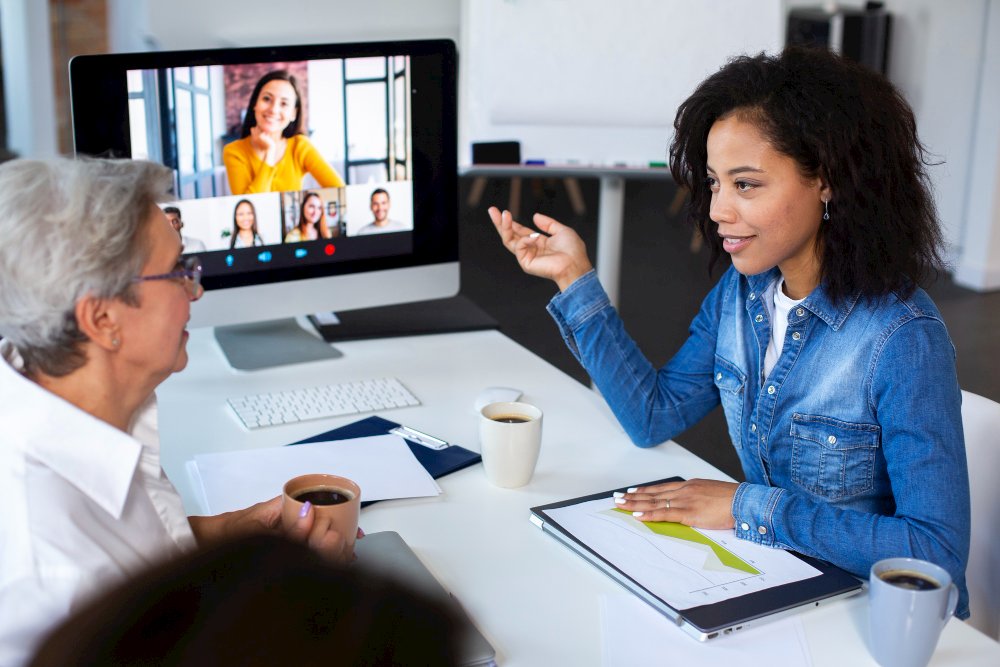
Strategies for designing modular and flexible video paths
Learning path customization has to start with the basics. This means breaking down content into units and ensuring consistency from beginning to end.
1. Break complex topics down into modules
- Breaking topics down into small units of information makes them more digestible.
- Each module should address a specific learning objective and be able to stand on its own.
- Consider using different formats for modules and include interactive elements such as quizzes, surveys, and annotations.
- Keep each module short and focused to increase engagement and knowledge retention.
2. Use sequencing
Arranging modules logically allows for progressive learning. Learners can build on concepts they already know and progress step by step through modules.
Using more flexible sequencing allows learners to choose their own learning paths. These different pathways cater to different learning styles and needs. Learners have the option to choose different paths according to their progress or interests.
Use adaptive learning where algorithms adjust the sequence of modules based on the performance of learners. Adaptive learning systems are able to collect data on learner performance, preferences, etc. They use this data to offer intervention or content recommendations. These personalized pathways help with self-directed exploration.
3. Design for reusability
Using the right video hosting solution allows you to organize, manage, and reuse video modules. Corporate trainers who use video training for remote employees will create a video once and employees can access it time and time again.
It doesn’t matter how many remote employees access a video at the same time. They can watch high-quality videos at speed no matter what devices they choose to use due to content delivery networks (CDNs) and adaptive bitrate streaming.
On the video hosting platform Cincopa, corporate trainers can use a video content library containing all the training videos employees need. Live streaming gives them an opportunity to interact with employees in real time and they can save the stream to a video library for them to access later if they miss the live stream. The trainers can provide them with a link to the saved video.
4. Focus on the learner experience
- Relate information using real-world examples and scenarios to make learning contextual.
- Encourage collaboration and interaction between learners. Online discussions are one of the cornerstones of effective online courses. Learners can collaborate on multimedia projects, such as creating videos or podcasts. This allows them to explore their interests and share their perspectives.
- Maintain consistency to help learners focus without distractions. All learners should have access to the same resources to learn from. Customizing the video player can create a more seamless viewing experience.
- Give learners access to a wide range of interactive learning materials. This may include live lectures, Q&A sessions, webinars, and video-on-demand (VOD).
- Use data to track learner engagement and make improvements to video paths.
Cincopa supports modular video design, branching logic, and real-time analytics. It empowers organizations to create truly personalized learning experiences at scale.
Benefits of personalized learning using videos
- When learners can explore topics that resonate with their interests and learning styles, it makes them curious and eager to learn. Interactive elements in videos, such as calls to action and annotations, create a more dynamic learning environment. When learners actively engage with information, it increases absorption and retention of knowledge.
- Personalized video learning caters to visual, auditory, or kinesthetic learners. Educators can customize resources and activities to suit different learning styles.
- Educators can identify specific knowledge gaps and address them. Whether learners need enrichment opportunities or more support, they can receive the resources and attention they need.
- Personalized videos can play a critical role in skill-based education. For example, employees learning coding can follow a step-by-step tutorial and practice each step before continuing watching. Tutorials can explain even complex concepts in a visually compelling way.
- Learner-driven education creates more self-efficacy. When learners take charge of their own learning, it can help them to develop a lifelong love of learning. It stimulates their critical thinking skills rather than just memorization of facts.
In the future, game-based simulations and virtual reality (VR) will be able to immerse learners in virtual worlds. They will be able to explore, solve problems, and get immediate feedback.
Conclusion: Scaling personalization with video
Videos offer a powerful way to enhance learning, especially when they are personalized. Personalization makes them more engaging and effective for all learners. They can learn at their own pace and in their own way at times that suit them. They can go on individualized learning paths and take control over the learning process. This increases their motivation and desire to learn. They will absorb and retain more information when they actively engage in learning. Using analytics to gain data insights offers a data-driven way to improve personalization. On Cincopa’s home page, you can sign up for a free trial and explore its personalized video learning options.



